|
If you are a gift-giver around this time of year, or any time of year really! (even giving gifts to yourself), here's a fun one you can give to your family and and then 'borrow' it to use for your team building programs. (Or, maybe it's the other way around?)
BUILDZI, comes from the creators of Tenti. (Tenzi is one of my favorite dice games - you can play with any number of people - well, maybe up to 12 around a table - as long as everyone has 10 dice. If you have or pick up Tenzi, don't forget the Cards Deck, 77 Ways to Play Tenzi, with Tenzi challenges). |
BUILDZI can be used for this kind of team building activity. The 'game' includes four sets of building blocks and a deck of long cards (see above). (So, up to 8 players per game is what I would say - four pairs.) In this way, when partnered up, one player has a card, the other has the blocks. And, you can play where partners can be face-to-face or back-to-back depending on the conversations you want to have. (I've found that we can bring up more about 'helping' when face-to-face because we can get visual feedback from our partner if we can see what he/she is doing.) And, what about starting back-to-back and then going to face-to-face? How does the experience change?
Other options of BUILDZI that I love: There is a 'silhouette' of the structure to build. Each card has a colorful block side and the silhouette of the same structure on the other side (see picture above. FYI: two different cards are show). And, you can have players build the structure flat on the ground/floor or vertically. Perfect for changing up the challenge.
Chris Cavert, Ed.D.

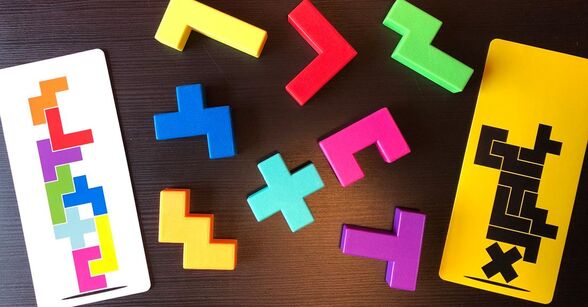
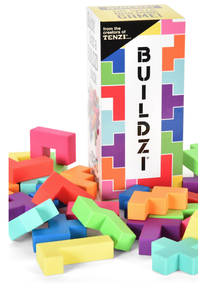
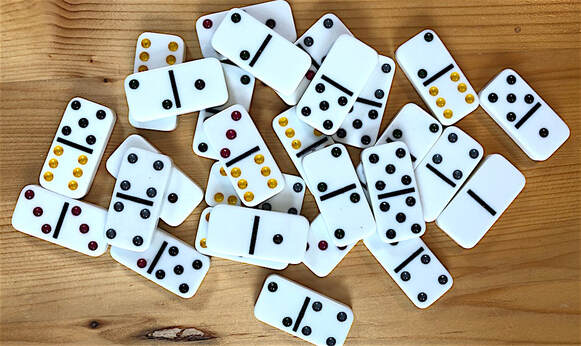
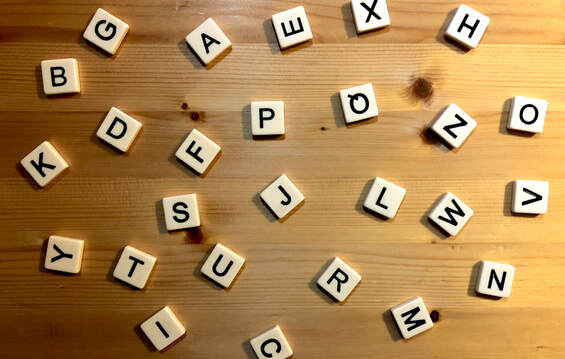
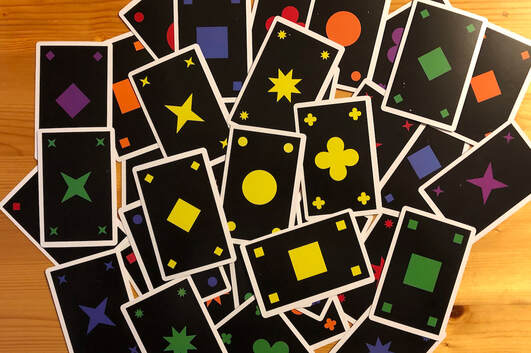
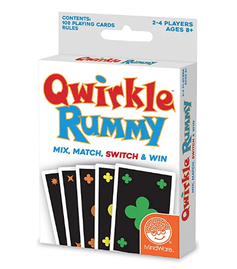
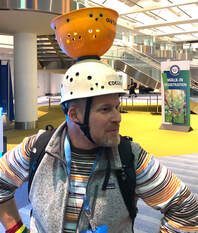
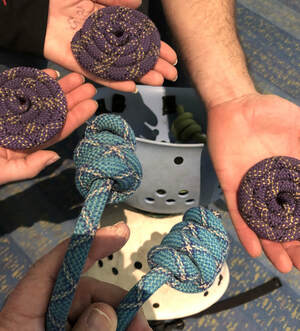
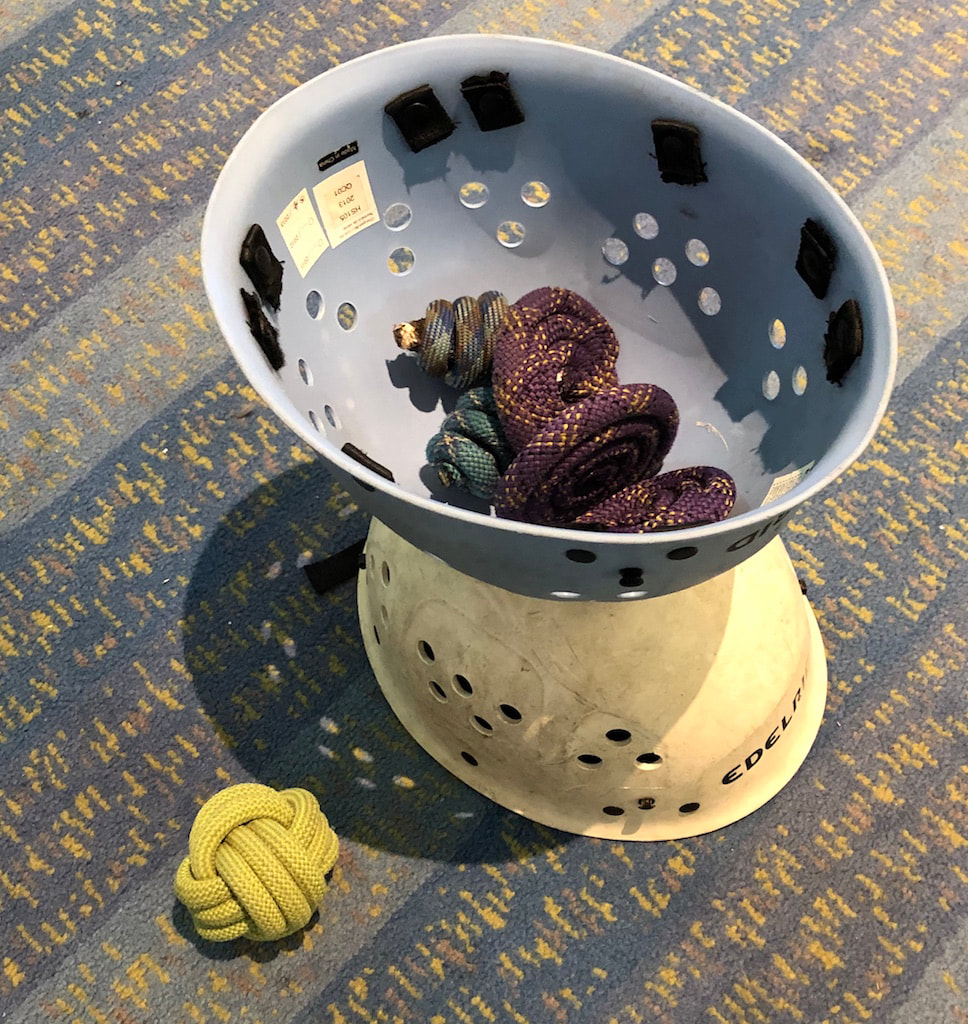
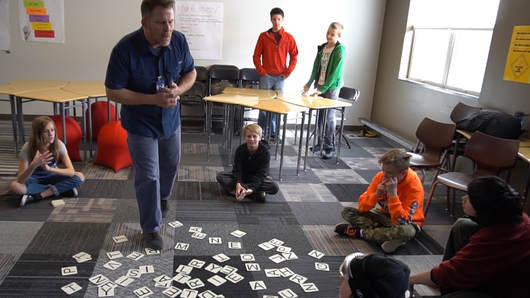
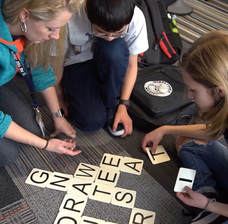
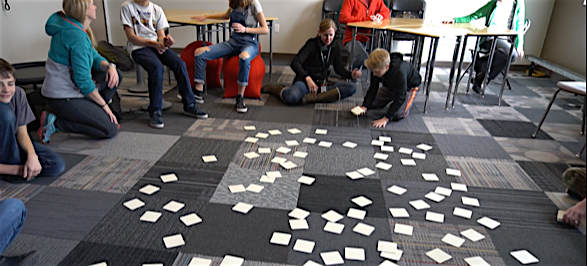
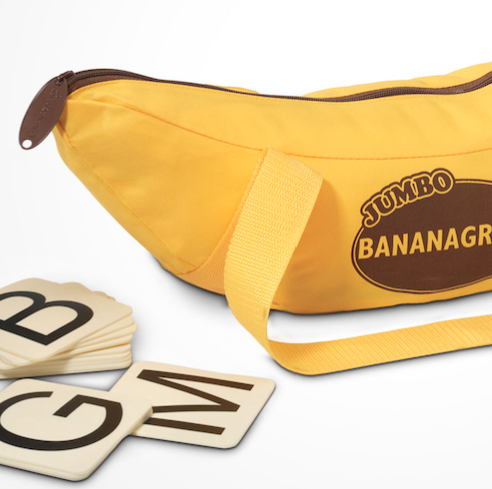
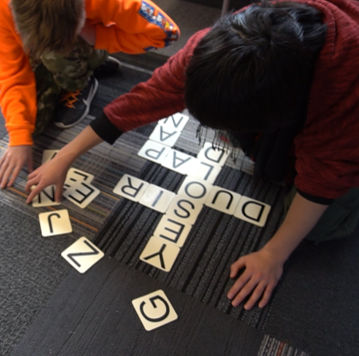
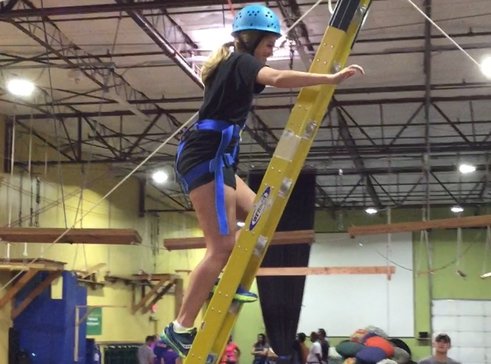
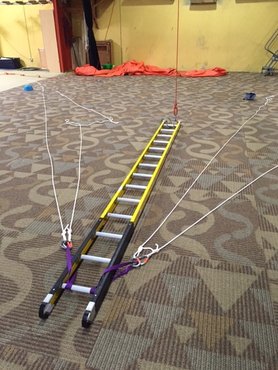
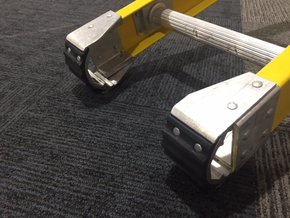
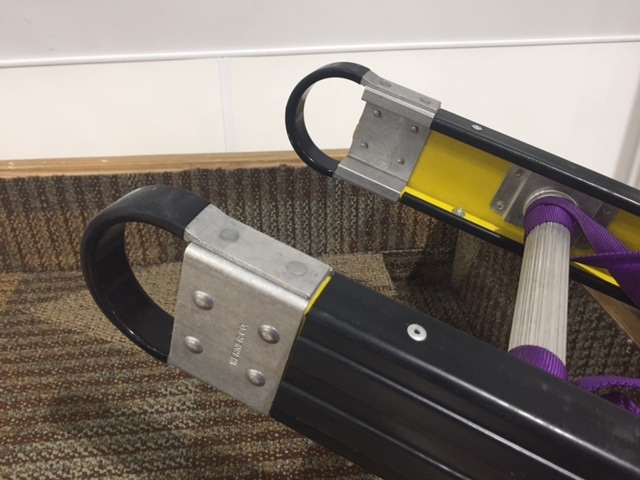

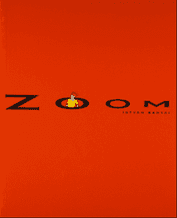

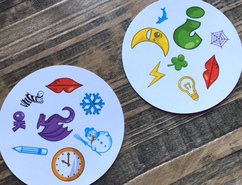





 RSS Feed
RSS Feed